Pest Control Johnston, Iowa
When pests come knocking, trust Janssen Pest Solutions for all of your pest control Johnston needs! Our certified pest control technicians can provide you with effective pest control solutions for ants, bed bugs, spiders, roaches and more! Our pest control products are designed to eliminate pests and leave a pest free, happy healthy environment. Protecting your home or business in Johnston from pests is our primary goal. We work to provide an exceptional customer experience from start to finish. From the moment you call to well after our service is preformed and the pest are long gone, we have designed a customer experience that ensures you and your families safety is our primary focus.
Our Green Guard Pest Control Program is perfect for a busy family. Exterior driven pest control removes scheduling hassles while making sure you don’t have any pest control issues between services. If pests do come back you know you can count on out pest free guarantee. Our technicians are all certified pest control applicators, have been background checked, are tracked via GPS and receive 60 hours of continuing education per year! When you contact Janssen Pest Solutions you can rest assured you will receive the very best pest control experience possible.
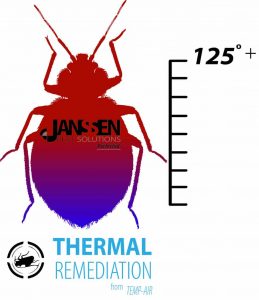 Bed Bug Control Johnston, Iowa
Bed Bug Control Johnston, Iowa
Bed bugs are not just a nursery rhyme, Bed bug treatments Johnston from Janssen Pest Solutions are the very bed bug treatment option available. We work to be the most educated bed bug exterminators in Iowa and have attended several global bed bug summits to make sure all of our treatment techniques are the most effective treatment options available. We worked with the Iowa department of public health to develop best treatment practices for pest control companies in Iowa. Our heat treatment coupled with our canine bed bug inspections are the very best bed bug treatment options available to the pest control industry.
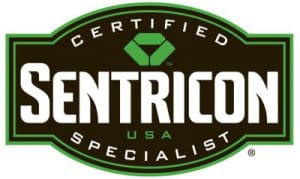 Termite Control Johnston, Iowa
Termite Control Johnston, Iowa
Janssen Pest Solutions has been a Termite Control Johnston expert since 1987. We have been an authorized Sentricon installation company for over 20 years! No other pest control company in central Iowa can claim that distinction. The Sentricon colony elimination System has been shown by more than 30 independent university studies to kills the entire termite colony.
If you suspect termites are invading you Johnston home, our want to prevent from gaining a foot hold on your property give us a call today at 515-223-0269
www.cityofjohnston.com
https://johnstonchamber.com/


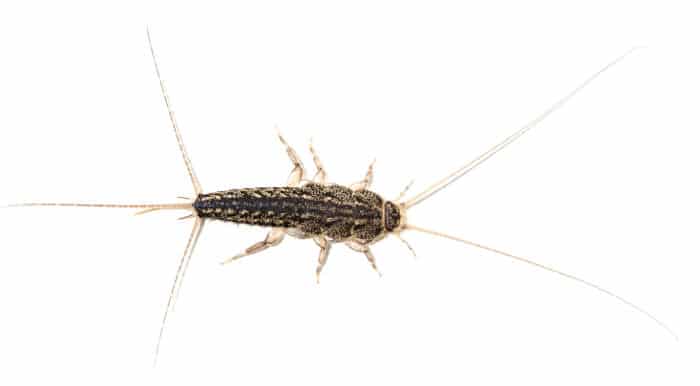
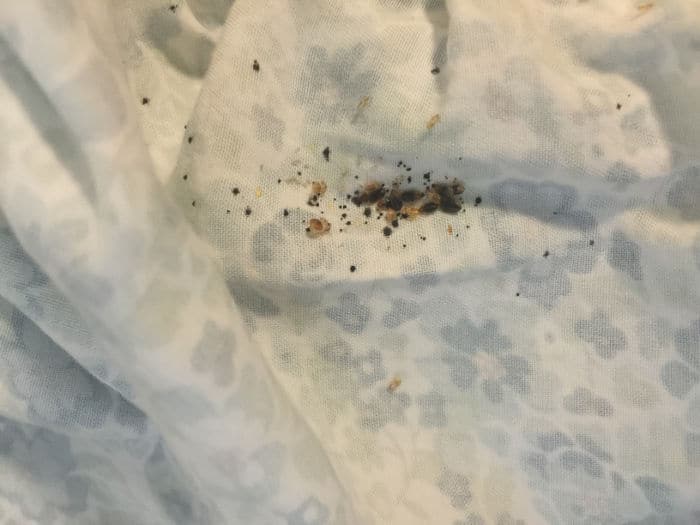 3. Be able to identify signs of bed bugs and train your maintenance staff to do the same.
3. Be able to identify signs of bed bugs and train your maintenance staff to do the same.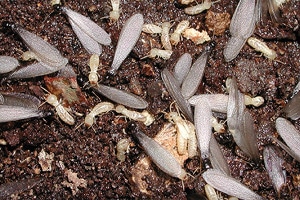 SWARMING
SWARMING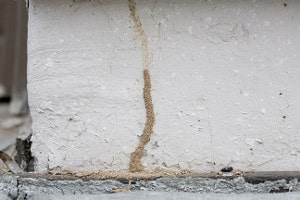
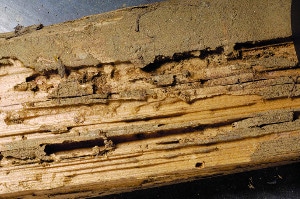
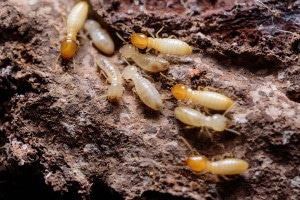 LIVE INSECTS
LIVE INSECTS